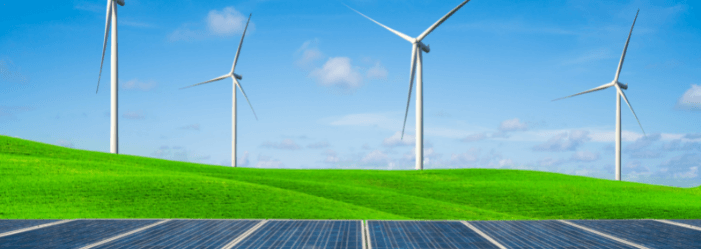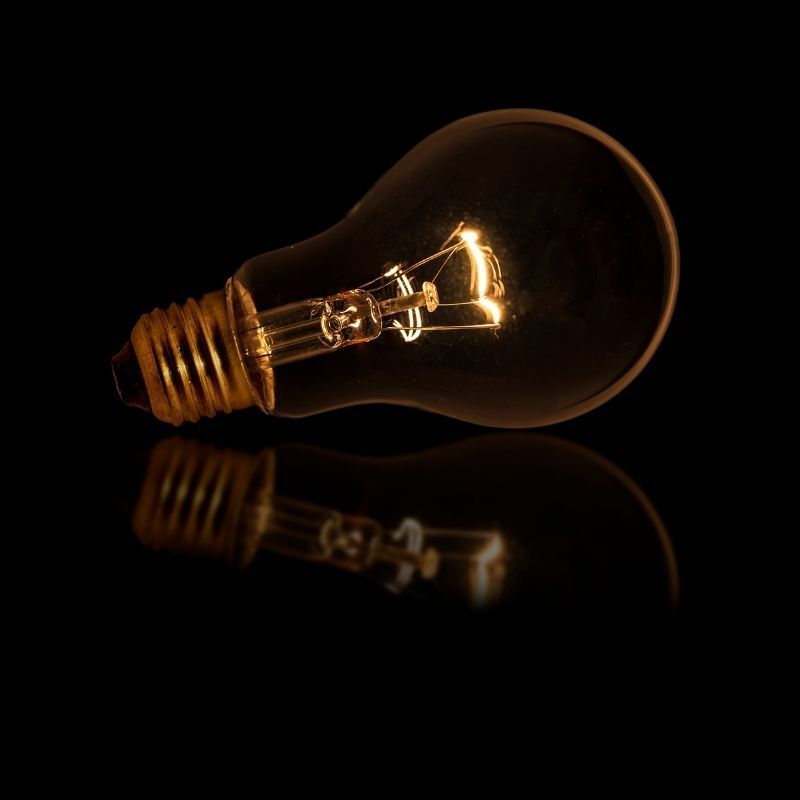Energy Prices Forecast 2022
A lot has happened since I produced the last energy price forecast. 2021 has seen the UK energy market devastated by an unprecedented crisis that has claimed sixteen energy supply businesses and is likely to force even more to exit the market. Despite this, there may be a glimmer of hope for suppliers in 2022.
Wholesale energy prices

Many in the industry say that the crisis engulfing it today was unforeseen, unprecedented or other such excuses. The truth is, anyone with a basic grasp of economics and business should have seen the disaster coming down the train tracks.
During the lockdowns imposed during the height of the Covid-19 pandemic wholesale energy costs plummeted to their lowest recorded levels. That was the first sign that something major was on the horizon.
Ofgem and the UK government are also guilty of not predicting what was to come, however, they should have remembered that old saying ‘what goes up, must go down’ in this case the reverse was true.
With the unprecedented drop in demand for energy created by the lockdowns, it was inevitable that when the economies of the world reopened demand would surge and with it prices. Those companies that hedged their costs will most likely ride out the storm, those that did not (unfortunately mostly small suppliers) have paid or will pay the price.
The Covid-19 lockdowns also caused chaos in many other areas too including the issues we are seeing in the global supply chain and wider global energy issues.
In 2022, these problems should hopefully start to be resolved and as a result, wholesale prices should begin to decrease to more reasonable levels.
Sadly, for many energy suppliers, the price drops will not occur in time to save them.
Also read: Ofgem warns of more energy supplier failures and admits to needing a new approach
The ongoing impacts of Covid-19

Despite the UK government’s statements that no more lockdowns will be imposed, we should take them with a high dose of scepticism.
Already we are seeing signs in the media and from health officials that Covid-19 cases are rising and with the annual winter crisis the NHS experiences, Boris Johnson will come under pressure to implement plan his B for Covid, including masks and vaccine passports.
Whether full-scale national lockdowns will be imposed is uncertain. If they are then we can expect to see more harm inflicted on businesses up and down the country and an increase in energy bill payers struggling to pay what they owe.
Bad debt caused by the issues created by the lockdowns has played a big role in the current crisis due to Ofgem forbidding energy suppliers from chasing up money that they’re owed.
The lockdowns were also one of the main drivers for the regulator to drop the price cap to its lowest level at the start of 2021. A major factor in the difficulties energy suppliers are facing when it comes to making money.
More Covid-19 disruption is likely throughout 2022.
Also read: Covid-19 has changed the relationship between Energy Suppliers and their customers forever
Green Energy

One thing is certain in 2022 and that is the government and the industry stepping up its rhetoric and spending when it comes to green energy.
The upcoming COP26 climate change conference being held in Glasgow is more than likely to end up being a failure and probably a humiliation for Boris Johnson and co.
With the industry fixated on green issues they have seemingly failed to notice (or care) that China is massively increasing its fossil fuel usage as it struggles to keep up with economic demand.
Unlike Western governments, the CCP doesn’t really care and are probably laughing at the west. Whilst they increase their power and industry, we will in effect be hamstringing ourselves at a massive cost to cut (in the grand scheme of things) tiny amounts of carbon emissions.
Unless the Chinese get on board and are serious about going green the COP26 conference will be an utter waste of time.
Also, the fact that 15,000 delegates will be jetting into the UK from all over the world highlights the hypocrisy of the ‘green’ movement being touted by big businesses and governments.
As for energy suppliers, it is looking likely that the government will switch the green levies currently placed on electricity bills onto gas, in an attempt to encourage the uptake of heat pumps.
Whether Cop 26 fails or not, we can expect much more regarding green energy in 2022.
The Ofgem Price Cap
The price cap has come under a lot of flak from energy suppliers and rightly so. It has prevented them from raising prices to counter the impacts of soaring wholesale costs.
“The price cap as a mechanism is not for industry, nor is it fit for customers. When the converse situation arises and the wholesale price starts to drop sharply, the price that will be passed through to customers in April might feel like a very, very poor deal, whereas at the moment the price cap feels like a price that is too good to be true,” said the chief executive of Together Energy in an interview with BBC Radio 4’s Today programme in October.
According to Cornwall Insight, in April 2022, we can expect to see the price cap be increased to a record high of around £1660. However, this figure is not enough with several suppliers calling for the price cap to either be removed entirely or it will have to be increased by as much as 34% for energy suppliers to make a profit.
Also read: A 34% hike in the energy price cap is needed to save struggling energy suppliers
Geopolitics and global conflicts

On the geopolitical sides of things, the big point of tension is the growing animosity between China and much of the world.
Throughout 2021 there have been several incidents of friction between global powers.
China has stepped up its threats against Taiwan resulting in more support being declared for the island nation from the United States, Japan and other nations. We are likely to see an escalation in these threats as the CCP becomes increasingly desperate to distract its population from mounting economic and environmental concerns.
War is a possibility, but most military experts believe that China will be ready to mount an invasion of Taiwan by 2025. Such a conflict is likely to engulf much of the pacific region and Asia as other regional powers will likely be drawn into the fray.
Such a conflict will put massive pressure on global supply chains and energy supplies.
Meanwhile, in Europe, Russia continues to put pressure on the EU regarding the Nord Stream 2 pipeline. Many in the media have blamed Putin for the current gas price crisis and have accused him of effectively holding the EU to ransom over the commodity.
If the coming winter turns out to be a harsh one, then this situation is likely to escalate as the EU and other nations reliant on gas supplies struggle to heat their populations homes and keep industry operating.
Opportunity
It may be all grim reading for energy suppliers lately but there is some glimmer of hope.
Those wanting to enter the energy supply market would be wise to bide their time as the current crisis will pass eventually.
With the energy price cap set to be set at a record high, a new market entrant can come in and offer tariffs cheaper than the price cap.
Consumers hit with soaring energy bills will be looking for alternatives and new suppliers could come in and snap them up.
The days where a new supplier could enter the market with few barriers are over and with new stricter rules and regulations in place, new market entrants will be in a much better place both in terms of finances and how they are run.
Those suppliers that manage to ride out the current storm will emerge stronger for it. They will have proven they can withstand the challenges the market has thrown at them and proven that their systems and policies work.
Dyball Associates will keep you informed of the latest changes and our team of energy market consultants can guide you through the steps to enter the UK energy market. Whether you’re looking for electricity and gas systems or support on starting an energy supply company, Dyball Associates can help.
Further Reading
How to start an Energy Company
6 Reasons why consumers switch energy suppliers
Energy Supplier CRM & Energy Billing system
Dyball Associates are proud to help new supply businesses successfully launch in the UK market.
Through our energy market consultancy services, and the software we’ve developed, we’re supporting new UK electricity and gas suppliers get set up and start supplying.
For more information on how to start and manage an energy company, get in touch with Dyball Associates today.




